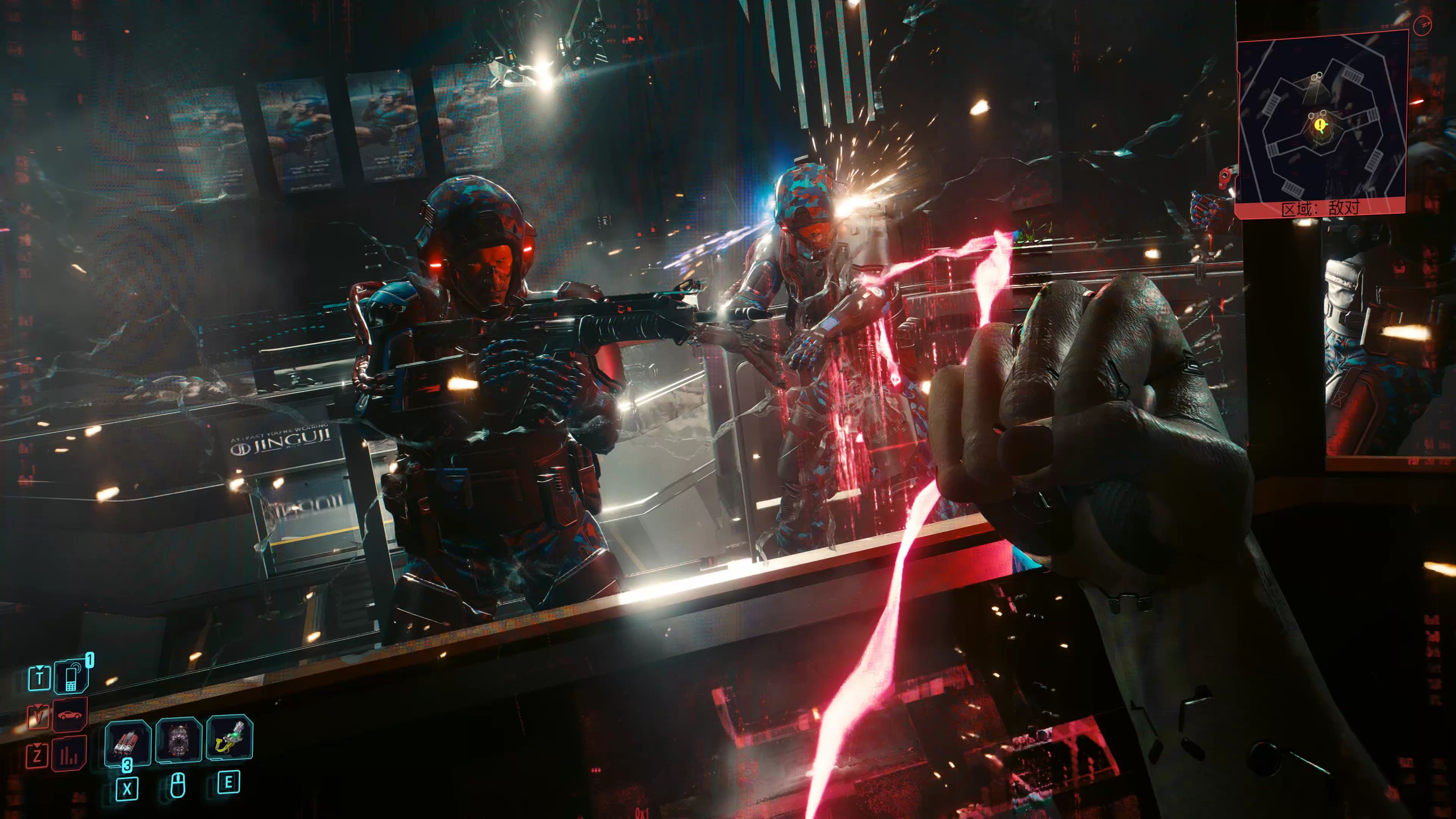Batman: Arkham Knight Next-Gen: A Masterful Return to Gotham
When Batman: Arkham Knight launched in 2015, it was hailed as a visual and gameplay triumph, albeit marred by technical issues on PC. Nearly a decade later, Rocksteady’s magnum opus has returned with a next-generation upgrade, promising enhanced performance, crisper visuals, and a smoother experience across modern platforms. For both seasoned veterans and newcomers, this re-release offers a compelling reason to don the cape and cowl once more and dive into the rain-soaked, chaos-ridden streets of Gotham.
Visual Overhaul: Gotham Never Looked So Good
The original Arkham Knight was already a stunning showcase of artistic direction and technical prowess, but the next-gen update elevates it to new heights. On PlayStation 5 and Xbox Series X, the game now runs at a native 4K resolution with a targeted 60 frames per second (fps), while the Series S delivers a dynamic 1440p resolution at the same frame rate. The impact is immediate and transformative.
Gotham City feels more alive and menacing than ever. The enhanced texture work, improved shadow rendering, and upgraded ambient occlusion breathe new life into every corner of the city. Neon signs reflect authentically on rain-slicked pavements, the Batmobile’s headlights cut through thick fog with volumetric precision, and character models—especially Batman’s suit—showcase astonishing detail, from the weave of the fabric to the scratches on his armor.
Ray tracing is the star of the show. While the original release used screen-space reflections, the next-gen version implements hardware-accelerated ray-traced reflections, creating a Gotham that feels cohesive and mirror-like. Puddles, windows, and even the glossy finish of the Batmobile now display accurate, real-time reflections of the environment, adding a layer of immersion that was previously missing. The city’s verticality and dense architecture are now complemented by these subtle but impactful visual cues, making exploration even more rewarding.
Lighting has also been significantly improved. Global illumination systems have been tweaked to produce more natural and dynamic light behavior. Whether it’s the eerie glow of a villain’s hideout or the cold fluorescence of GCPD’s offices, the lighting enhances the game’s cinematic tone. On OLED displays, the contrast between Gotham’s oppressive darkness and bursts of light—like the Bat-Signal piercing the clouds—is nothing short of breathtaking.
Performance: Smooth as Silk
Performance was a point of contention in the original release, particularly on PC. This next-gen version, however, is impeccably optimized. The 60fps target is achieved consistently across all platforms, with only minor dips during the most intense combat sequences or high-speed Batmobile chases. The fluidity fundamentally changes the feel of the game: FreeFlow combat is more responsive, glide traversal feels more intuitive, and even the tank-like Battank mode handles with greater precision.
Load times have been drastically reduced thanks to the SSD integration on next-gen consoles. Fast traveling across the map or respawning after an untimely demise now takes seconds rather than minutes, maintaining the game’s pacing and reducing frustration. This is particularly appreciated during the Riddler’s challenges, where trial-and-error gameplay is now far less punitive.
The update also introduces adaptive trigger and haptic feedback support on the PlayStation 5’s DualSense controller. The subtle vibrations during gliding, the resistance in the triggers when accelerating the Batmobile, or the tactile feedback during grappling hook usage add a tangible layer of immersion. It’s not a game-changing feature, but it’s a thoughtful addition that enhances the overall experience.
The Audio Experience: Unchanged but Unmatched
Audio design was always one of the Arkham series’ strongest suits, and the next-gen version leaves this aspect largely untouched—and for good reason. The voice acting, led by Kevin Conroy’s iconic Batman and Mark Hamill’s unhinged Joker, remains superlative. The atmospheric soundscape of Gotham—distant sirens, chilling whispers, and the unsettling chatter of thugs—is as immersive as ever. The score, composed by Nick Arundel and David Buckley, dynamically swells during combat and retreats during stealth, perfectly underscoring the emotional beats of the narrative.
Room for Improvement
While the upgrade is largely exceptional, it isn’t without minor flaws. The ray-traced reflections, though stunning, can occasionally exhibit artifacts in fast-moving scenes. Additionally, the game’s original assets—such as some low-resolution textures on secondary characters or environmental objects—remain unchanged, creating occasional visual inconsistencies. These are nitpicks in an otherwise stellar package, but they serve as reminders of the game’s age.
Another missed opportunity is the lack of new content. While the upgrade includes all previously released DLC, such as the Season of Infamy expansion and various skins, there are no new missions, characters, or features. For a re-release, some additional content would have been welcome, especially for returning players.
Verdict: The Definitive Way to Experience Arkham Knight
The next-gen upgrade of Batman: Arkham Knight is a testament to the game’s enduring quality. It takes an already visually impressive title and polishes it to a mirror shine, leveraging modern hardware to deliver a smoother, more immersive experience. The consistent 60fps performance, stunning ray tracing, and lightning-fast load times make this the definitive version of Rocksteady’s masterpiece.
For those who never experienced the original or were put off by its technical issues, this is the perfect time to dive in. For veterans, the enhancements provide a fresh excuse to return to one of the greatest superhero games ever made. Gotham City has never felt more real, and being the Batman has never felt this good.















